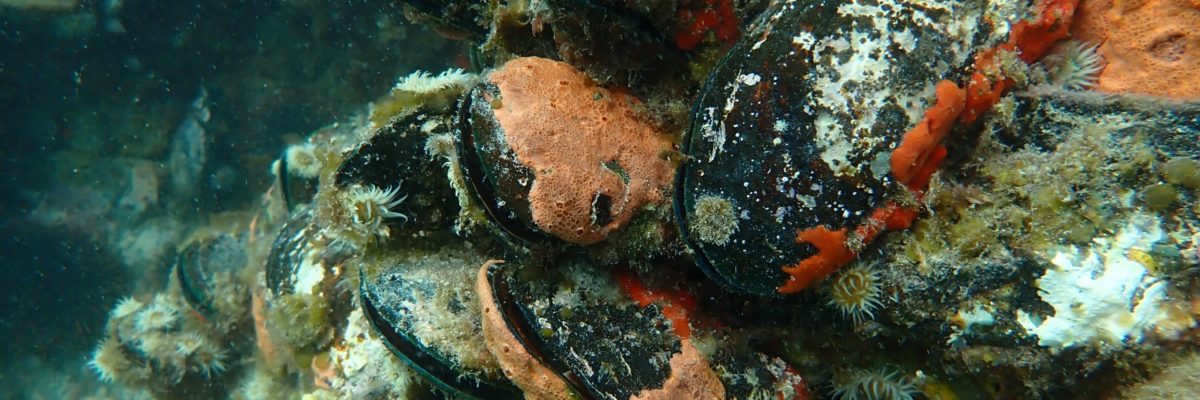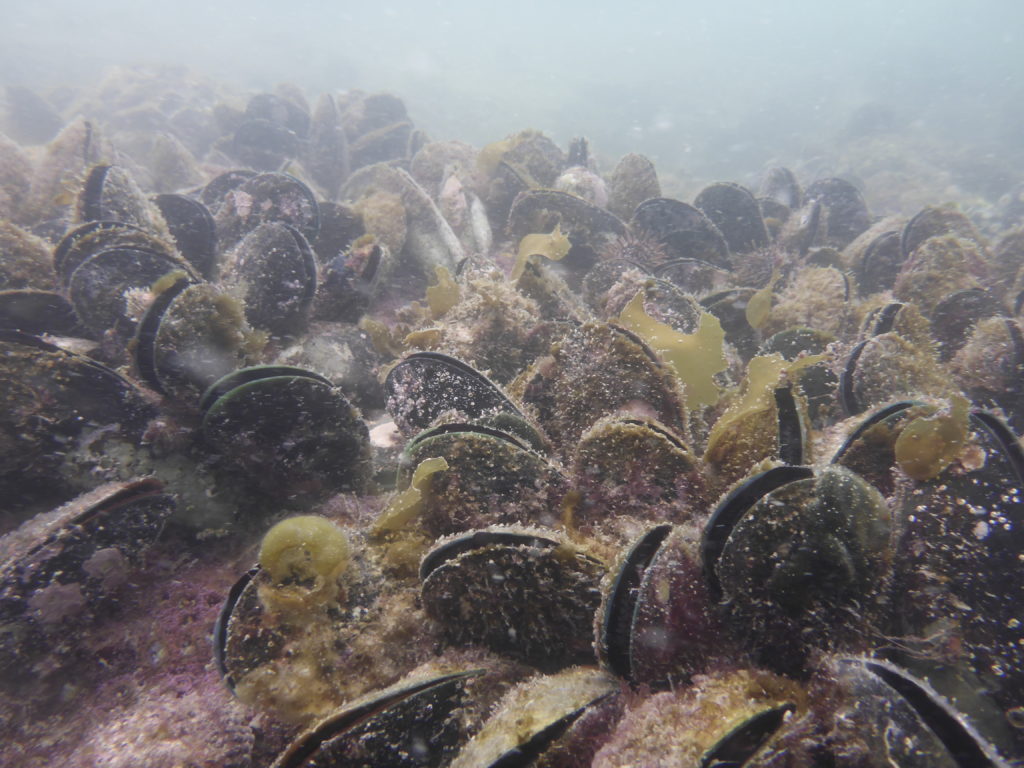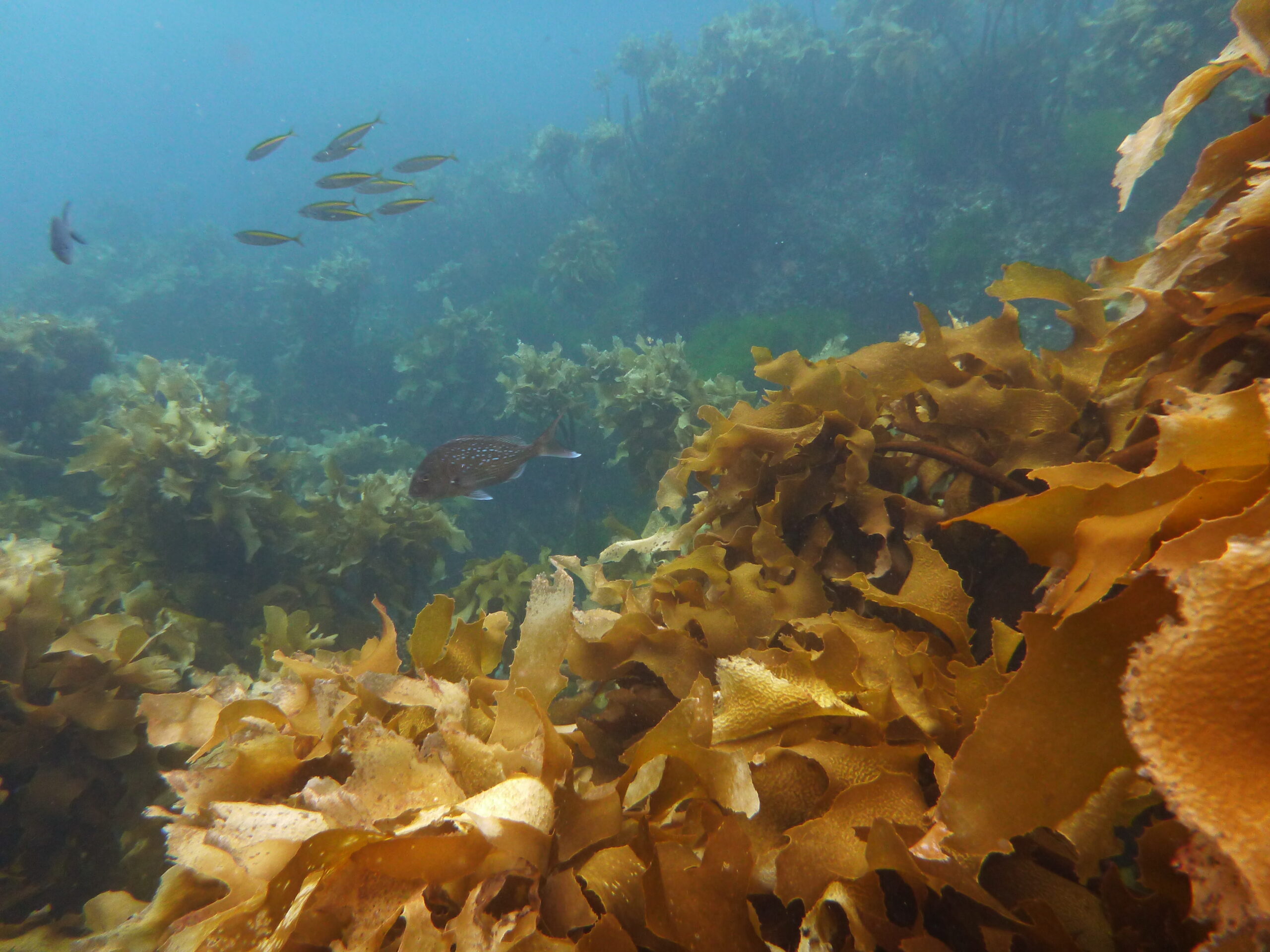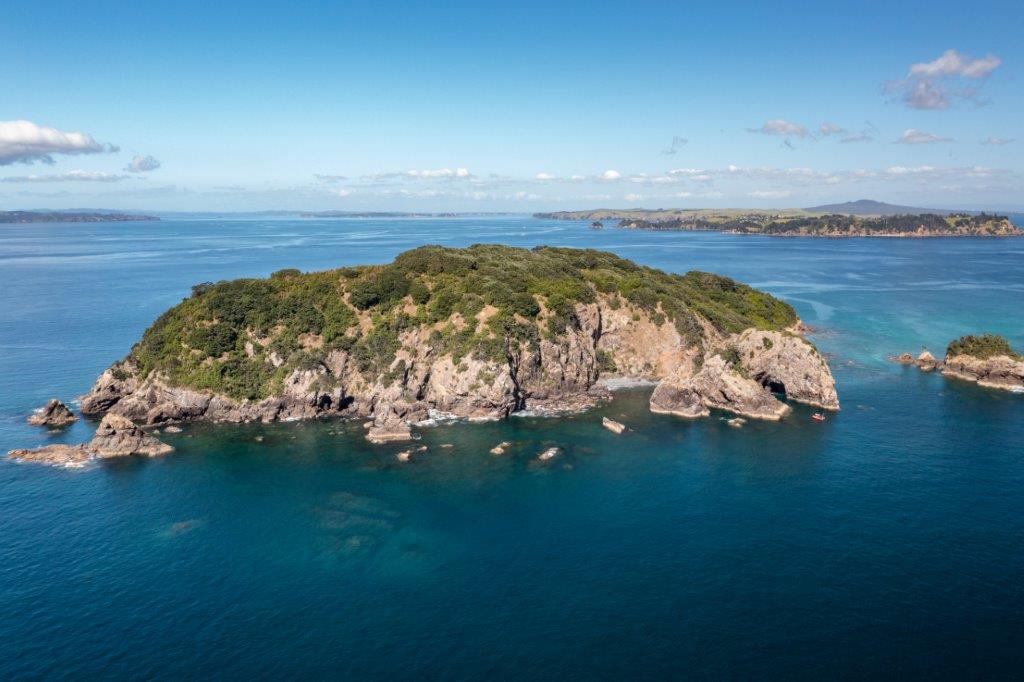The Hauraki Gulf Marine Protection Bill passed its third and final reading on Tuesday 7…

Love mussels, the romantic tale of a broadcast spawner
Flourishing beds of kūtai, or mussels, once covered much of the inner Hauraki Gulf, with a typical mussel capable of filtering an estimated 30 litres of water each day. However, following over a century of intensive cultivation, including dredging, this once abundant species has been heavily reduced. In spite of a ban on commercial harvesting, and with recreational restrictions of 25 per person per day in the Gulf, today kūtai populations continue to dwindle, with smothering from sediment and exposure to contaminants from run-off also posing problems. And it’s not just mussels that are struggling, paua and tīpa/scallops have also been reduced to worryingly low levels.
In light of this alarming degradation, we sought to learn more about these struggling species with marine scientist Dr Tim Haggitt from The University of Auckland whereupon we learnt that, at spawning time, shellfish in high-density beds get cues from each other to start breeding. The males release sperm and females release eggs. So far so familiar, but that’s where the similarity to humans ends because molluscs are broadcast spawners who release their genetic material into the water column.
Larval delinquents
“There are no hard and fast rules,” Tim explains, “but they’re definitely not just sitting there in isolation, and once they get those cues, it’s time to spawn. The greater the numbers, the greater the chances of fertilisation success. So it’s no surprise that when we start reducing high-density areas, we also reduce the probability of successful fertilisation. It’s a simple mathematical thing.”
Picture this. Mussels and other molluscs, male and female, will be feeding away in their clumps, doing their thing building up sperm and eggs when they’ll experience a cue, like a change in water temperature or a storm event that will trigger some of them to spawn. These initial spawning events will stimulate others to synchronously spawn releasing their reproductive material into the water column. This allows external fertilisation to take place, with the sperm finding the eggs which is followed by larval development.
“Broadcast spawning is often evident by milky clouds in the water column which are sometimes so substantial they can be seen from at the sea surface or when snorkelling or diving. So we’re talking big numbers which means at any given time, you could be swimming in a sea full of the various reproductive stages of molluscs. But because there’s a hit and miss element to this process, the strategy for broadcast spawners is to produce millions and millions of spores, as high numbers will be lost naturally. Plankton will hoover some of it up, there’ll be predation by certain fish, so only a proportion from that first emission makes it to the juvenile stage.”
It can take several weeks for larval mussels to settle. For mussels and scallops the larvae or spat can travel quite some distance, possibly hundreds of kilometres, whereas for univalves like paua, larvae spend about a week in the water column and, depending on currents, tend to settle closer to their parents, leading to more localised recruitment.
The importance of size and density
“Apart from early distributional maps, it’s hard for us to accurately quantify early mussel population structures within the inner Gulf post commercial dredging and before more formal ecological monitoring began. As for scallops, scientists are still trying to determine what a healthy scallop environment entails. Is it one adult per square metre or is it more, or less?”
Anecdotal accounts suggest it is more.
A recent NIWA survey across the Hauraki Gulf is currently looking into this, but what we do know is, if you reduce the density of shellfish beds or shellfish aggregations (paua/scallops) you reduce the number of propagules in the water column and that decreases the chance of fertilisation.
“Like finfish, the big individuals will always have higher fecundity, so if you take out the ones producing higher quantities of eggs and sperm, and the chance of new recruitment coming through is reduced.”
“Another important thing to note, you won’t get similar reproduction every year, because all sorts of variables determine reproductive condition. A good or bad year could be climate driven, maybe it’s extra stormy or extra calm or warmer, or the propagules didn’t get as far as they usually do so recruitment success isn’t as good. The high variability in environmental conditions including food availability is why we must have high-density shellfish beds across many locations. One poor year won’t matter if density is maintained at a high level, because eventually, you’ll get a good year. But really low density and changing environments don’t favour reproductive success.”

Another advantage of high-density beds is the “protection in numbers” effect. Larger groupings can help each other buffer the effects of wave action, whereas fragmented beds are more prone to damage by storms and trauma from environmental impacts. Living at higher density is also advantageous in intertidal zones where they dwell in clumps, because less surface is exposed to sunlight during their hours out of the water, so there’s less danger of drying out.”
The Noises
It’s difficult to gauge how long it will take for The Noises to be protected but, until that day, we must take stock of what we’ve got. “Through marine surveys, we’ve started to ask how much is left and in what state? Relative to historic accounts, nine times out of 10 we’ll say, we don’t have much of anything. When we start thinking about the role these species play, not just about the entity itself as a mussel or a scallop, but what role it plays in the ecosystem, other than as kai, you realise that reduced density leads to many flow-on effects. For example, mussels, dog cockles and horse mussels, all found at The Noises play significant roles in benthic-pelagic coupling, i.e. the exchange of energy, mass, or nutrients between the water column and seafloor.”
Everything is interrelated and once those high-density beds are reduced, not only is the food chain affected, we also interfere with nutrient cycling, because the two are connected. Whether you want shellfish to thrive because of the vital role they play in the ecosystem, or you’d like to eat them occasionally, we must protect what is left. And yes, a lot of effort is being put into restoring shellfish beds, which is exciting and fascinating work, but it would be criminal to say ‘bugger what’s left, let’s put all our efforts into rewilding’ when we could actually preserve and protect existing populations in tandem with restoration, while learning about them at the same time.
“We’re at a crossroads. We still have some biomass out there, but to help with recovery, for the ecosystem to be given a chance, we need to reassess what we take out. The beauty of the marine environment is that you don’t need to do much to help it other than give it a rest. When you contrast ocean protection to terrestrial restoration, a huge amount of work needs to be done and dollars spent to return the land to its native state, with a lot of grunt work upfront. However, in the ocean you can just flick a switch and say ‘you can’t take anything out for a while’. And while it might take ten to fifteen years for species and habitats to recover, you don’t need to plant it or weed it. This is not to say restoration efforts are not worthwhile, and they may be used to kick start recovery but it’s much harder to re-establish natural wild populations, once they’ve become locally extinct.”



